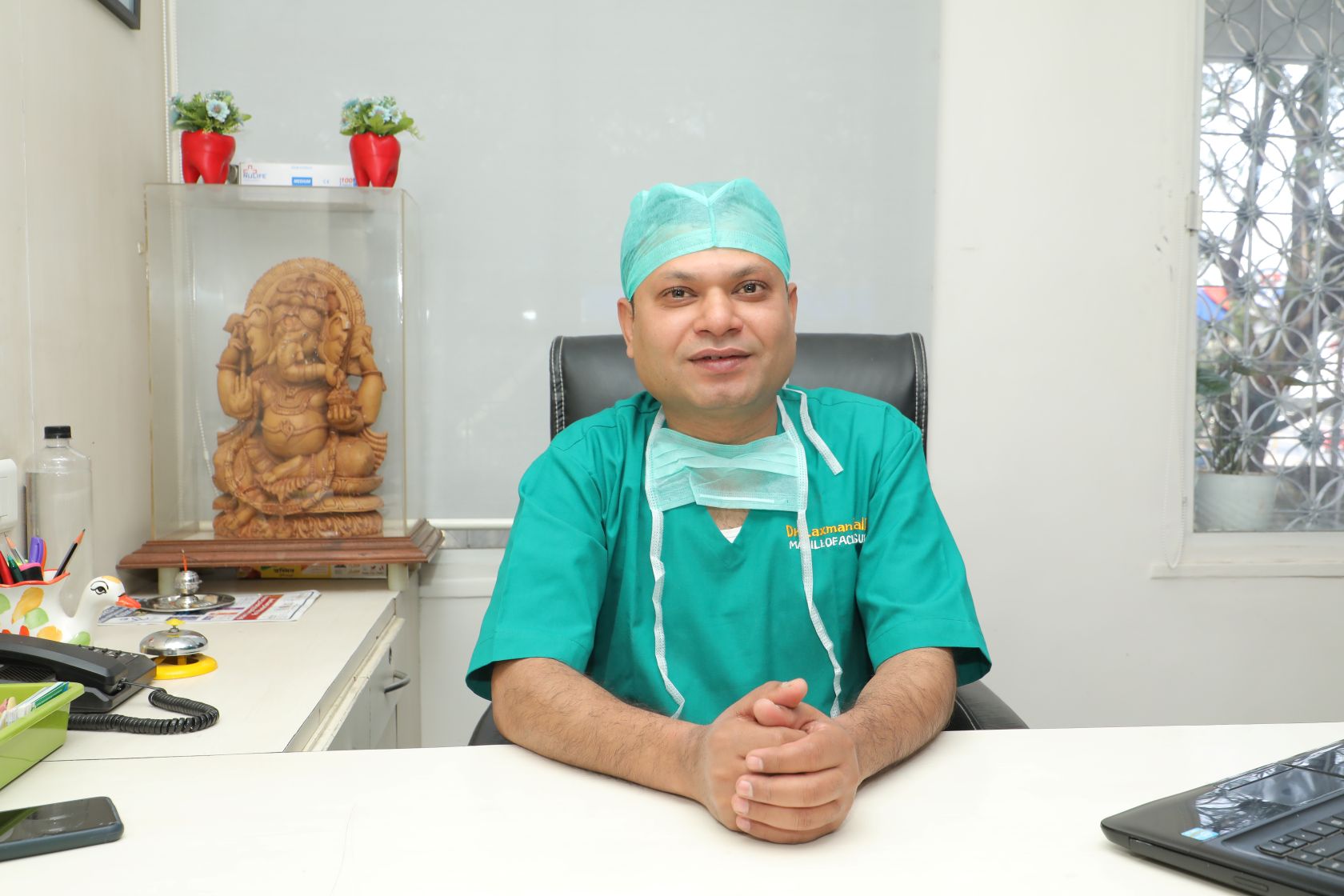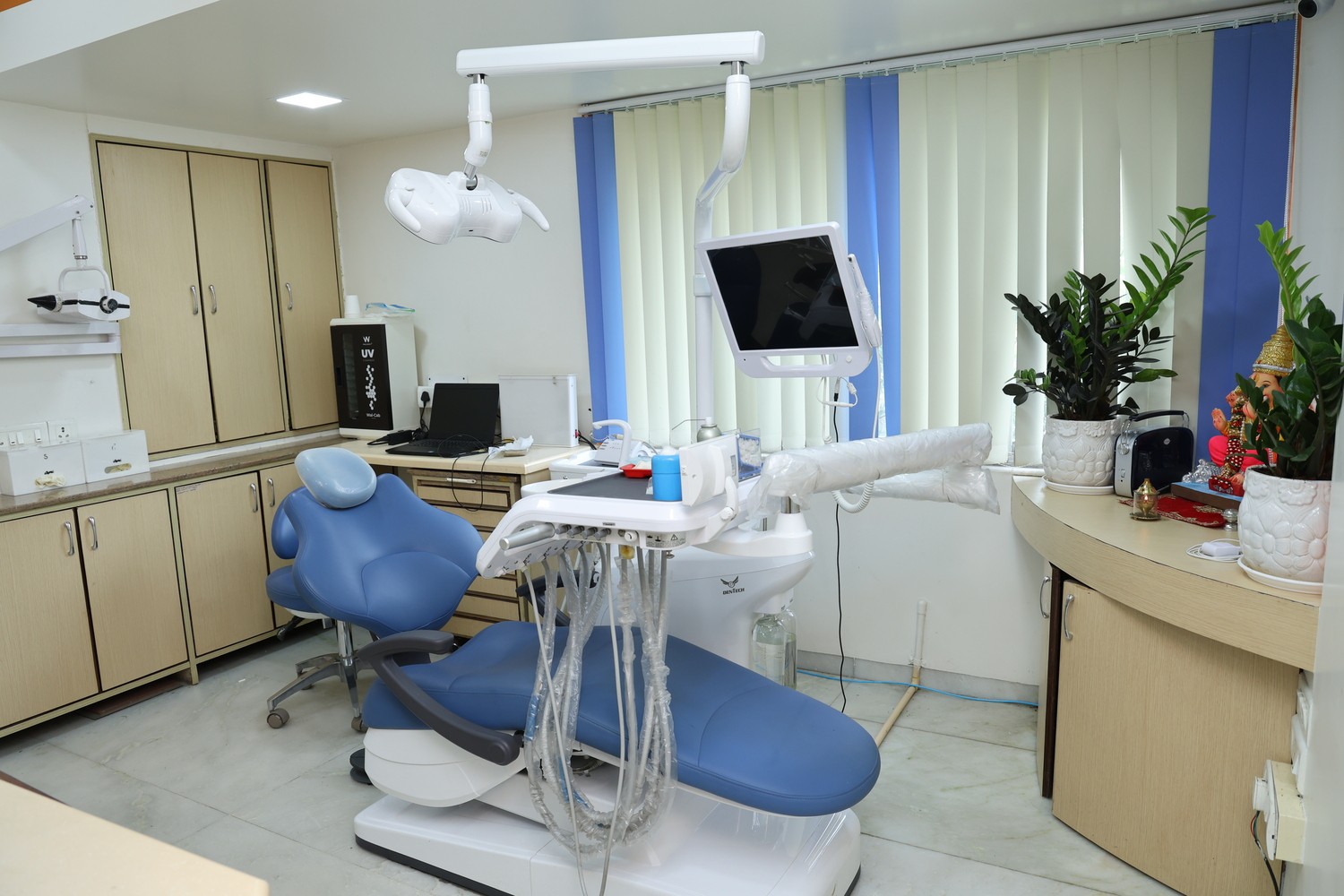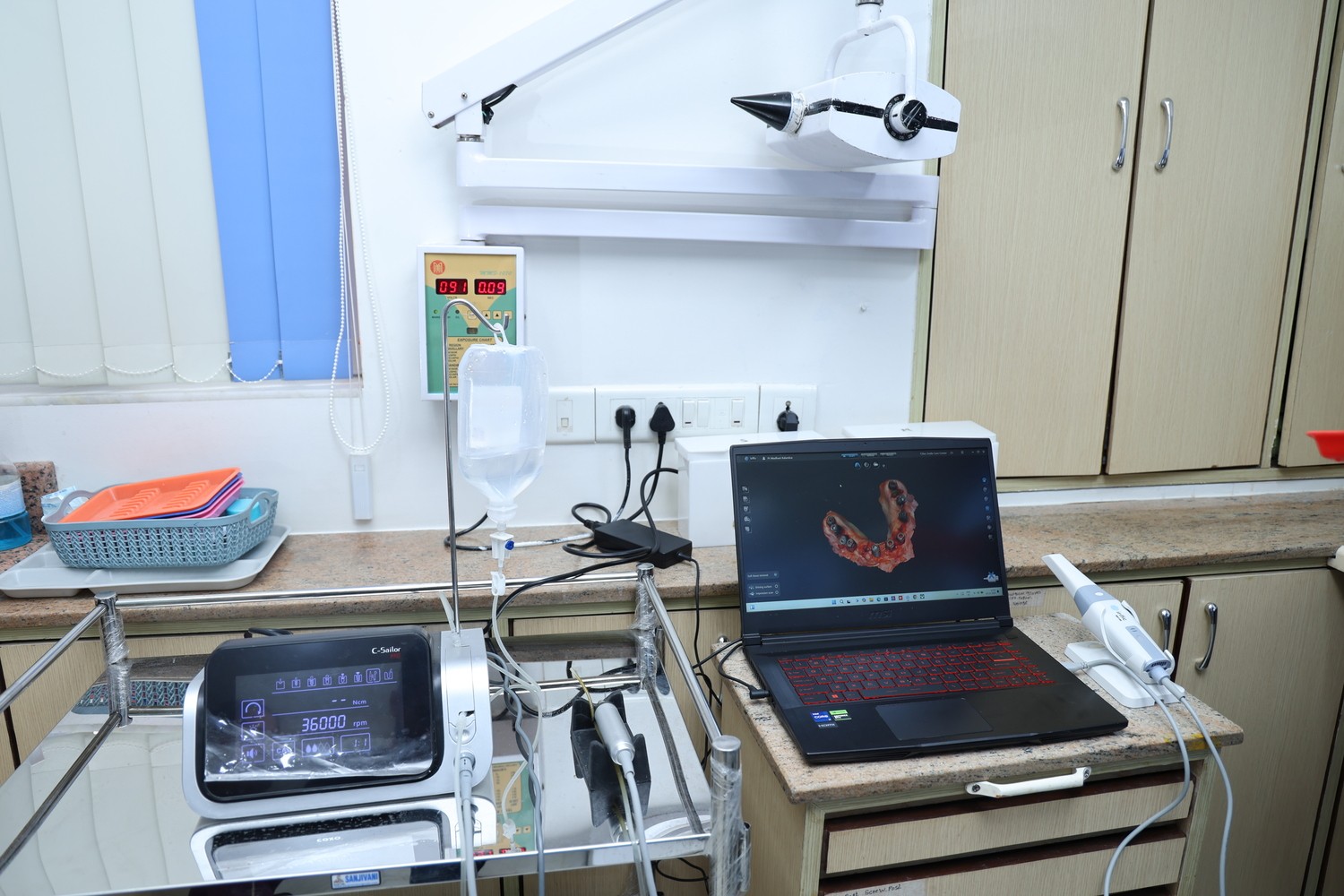Periodontics
- Home |
- Periodontics
Periodontics
Types
- Flap Surgeries
- Bleeding Gums
- Grafting Surgeries

Periodontics
Periodontics focuses on treating gum diseases with procedures like flap surgeries to clean infected areas and grafting surgeries to regenerate lost tissue. Managing bleeding gums and addressing underlying issues are crucial for maintaining healthy gums and overall oral health.
Flap Surgeries
Flap surgeries are advanced periodontal procedures used to treat severe gum disease. During the surgery, the gums are gently lifted to allow deep cleaning of the tooth roots and removal of plaque and tartar. This helps reduce inflammation and pocket depths, promoting healthy reattachment of the gums to the teeth and preventing further periodontal damage.
Bleeding Gums
Bleeding gums are often a sign of gum disease, such as gingivitis or periodontitis. Treatment focuses on improving oral hygiene and addressing the underlying infection. This may include professional teeth cleaning, scaling and root planing, and the use of antiseptic mouth rinses. Early intervention and consistent care are crucial to prevent progression to more serious conditions.
Grafting Surgeries
Grafting surgeries involve transplanting tissue to repair and regenerate areas of the gums or jawbone affected by disease or trauma. Common procedures include gum grafts, which use tissue from the patient or a donor to cover exposed roots and reduce sensitivity, and bone grafts, which rebuild bone structure to support dental implants or other restorations. These surgeries enhance both the function and appearance of the oral structures.

20 +
years experience
FAQs
What are basal implants and how do they differ from traditional implants?
Basal implants are a type of dental implant that utilizes the dense cortical bone in the basal region of the jaw for stability. Unlike traditional implants, basal implants are single-piece implants that do not require bone grafts or sinus lifts, making them suitable for patients with insufficient bone volume or density. They also allow for immediate loading, meaning permanent teeth can be fixed in less than a week after the implant surgery.
Are basal implants suitable for everyone?
Basal implants are generally suitable for patients with moderate to severe bone atrophy, including those who are diabetic, hypertensive, or smokers. However, they may not be suitable for patients with certain medical conditions, such as recent myocardial infarction or stroke, or those taking medications that inhibit blood clotting. It's best to consult with a dental professional to determine if basal implants are the right option for you.
What is maxillofacial surgery and what conditions does it treat?
Maxillofacial surgery is a specialized type of surgery that focuses on the face, jaw, neck, and mouth. It treats a variety of conditions, including jaw pain, limited jaw function, tooth impaction, oral diseases, abnormal bites, temporomandibular joint (TMJ) disorders, facial injuries, cleft lips and palates, and tumors or cysts in the head and neck area
What is the recovery process like after maxillofacial surgery?
Recovery after maxillofacial surgery varies depending on the specific procedure. Generally, you may need to follow a liquid or pureed diet for about 4 to 6 weeks, and you might experience some swelling and discomfort. Your surgeon will provide specific post-operative care instructions, and it's important to follow them closely to ensure proper healing
How often should I get a dental checkup?
It's recommended to visit your dentist every six months for a routine checkup and cleaning. However, based on your oral health, your dentist might suggest more frequent visits.
What are the best ways to practice good oral hygiene at home?
Brush your teeth twice daily with fluoride toothpaste, floss daily, use an antiseptic mouthwash, eat a balanced diet, and avoid tobacco.
How can I improve the whiteness of my teeth?
You can improve teeth whiteness by practicing good oral hygiene, avoiding staining foods and beverages, and considering professional whitening treatments or over-the-counter whitening products recommended by your dentist.
Why should I have dental X-rays taken?
Dental X-rays help identify hidden dental issues such as cavities, impacted teeth, bone loss, and infections that are not visible during a regular exam.
Why does my breath smell bad and how can I fix it?
Bad breath, or halitosis, can result from poor oral hygiene, certain foods, dry mouth, smoking, or medical conditions. Improve your oral hygiene, stay hydrated, and visit your dentist to address the underlying cause.
Why is dental work so expensive?
The cost reflects high-quality materials, advanced technology, skilled labor, and overhead costs of running a dental practice. Many dentists offer payment plans or financing options.




